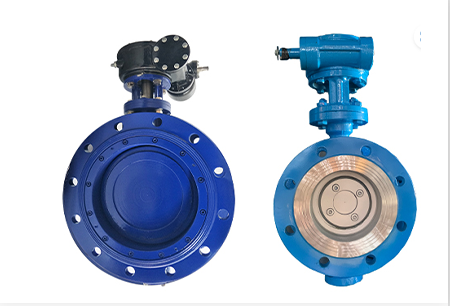Understanding the Function and Importance of PP Foot Valves in Fluid Systems
The Importance of PP Foot Valves in Fluid Management Systems
In various industries where fluids need to be efficiently managed, the selection of appropriate components can significantly impact system performance. One such crucial component is the foot valve, commonly made from polypropylene (PP). These valves play an essential role in maintaining the integrity and efficiency of fluid systems, particularly in applications involving pumps and water supply.
What is a Foot Valve?
A foot valve is a type of check valve that is installed at the bottom of a suction line. Its primary function is to prevent the backflow of fluid when the pump is turned off. The design usually includes a strainer that filters out debris, preventing clogging and damage to the pump. Foot valves are typically submerged in the fluid they control, making their construction material vital for durability and functionality.
Why Choose Polypropylene?
Polypropylene is a popular material for foot valves due to its favorable properties. It is lightweight yet strong, offering excellent corrosion resistance against various chemicals and environmental conditions. This makes PP valves especially ideal for applications in water treatment, agriculture, and chemical processing. Furthermore, polypropylene does not rust or degrade easily, contributing to a longer lifespan and reduced maintenance costs.
Advantages of PP Foot Valves
1. Chemical Resistance Polypropylene can withstand a wide range of chemicals without deteriorating, making it ideal for handling corrosive fluids. This characteristic is particularly beneficial in industrial settings where various chemicals may be present.
pp foot valve

2. Cost-Effectiveness When compared to other materials like stainless steel or brass, PP is more affordable, allowing for cost savings in large-scale installations.
3. Lightweight Design The lightweight nature of polypropylene facilitates easier handling and installation. This advantage is especially relevant in remote or challenging environments where heavy-duty tools may not be readily available.
4. Low Maintenance Due to its durability and resistance to wear, PP foot valves require minimal maintenance. This feature translates to less downtime and lower operational costs in the long run.
5. Versatile Applications PP foot valves find application across various sectors, including irrigation systems, municipal water systems, and aquaculture. Their versatility makes them a standard choice in fluid management solutions.
Potential Limitations
While polypropylene foot valves offer numerous advantages, they may not be suited for extreme temperatures. Exposure to very high temperatures can compromise the structural integrity of the material. Therefore, it is essential to assess the specific application requirements before selecting a foot valve.
Conclusion
In summary, polypropylene foot valves are a vital component in effective fluid management systems across multiple industries. Their combination of chemical resistance, cost-effectiveness, and durability makes them an excellent choice for preventing backflow and ensuring smooth operation in pumps and water supply systems. As industries continue to prioritize efficiency and longevity, the role of polypropylene foot valves will undoubtedly grow, solidifying their place in modern fluid management solutions. Selecting the right foot valve can lead to improved system performance, lower operational costs, and a more sustainable approach to fluid handling operations.
-
The Key to Fluid Control: Exploring the Advantages of Ball Valves in Industrial SystemsNewsJul.09,2025
-
The Versatile World of 1, 2, and 3 Piece Ball ValvesNewsJul.09,2025
-
Stainless Steel Ball Valves: The Ideal Choice for Efficient Flow ControlNewsJul.09,2025
-
Optimizing Fluid Control with Ball Float ValvesNewsJul.09,2025
-
Manual Gate Valves: Essential for Control and EfficiencyNewsJul.09,2025
-
Everything You Need to Know About Butterfly ValvesNewsJul.09,2025
-
The Versatility of Wafer Type Butterfly ValvesNewsJul.08,2025




